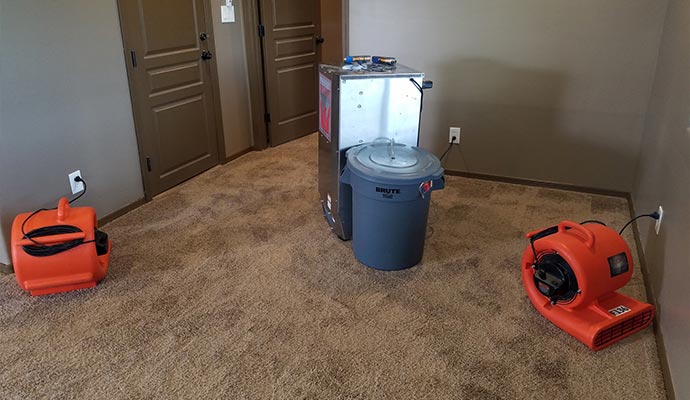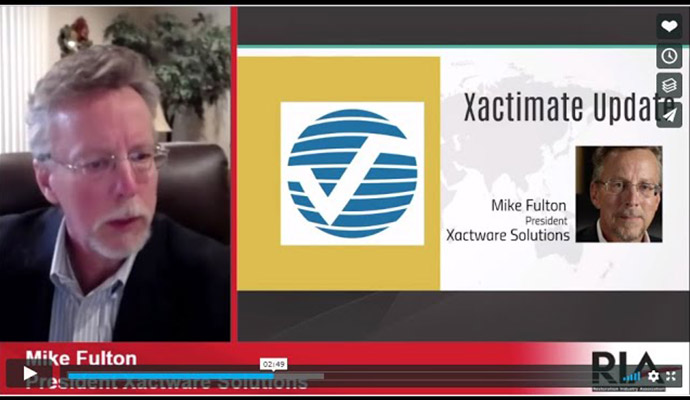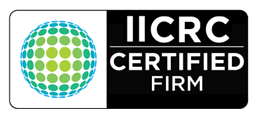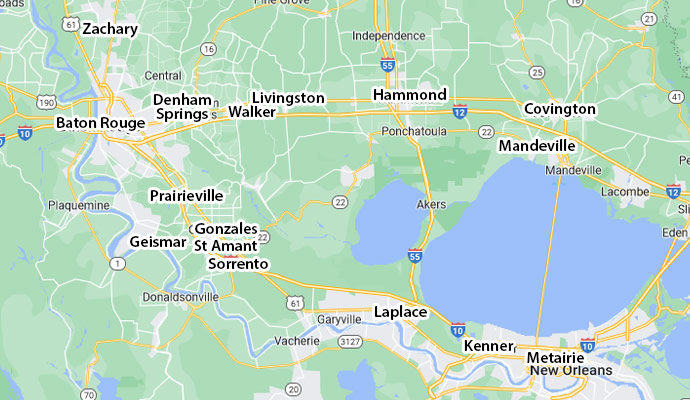Emergency Water Damage Restoration – What Steps Need to be Taken?
United Fire & Water makes the relationship between drying off your body to the steps required to get a structure dried out after a water damage event.
The Principles of Drying – The same steps to get your body dried off, are required to dry out a water damaged property. Let me show you how….
What is the first thing you do when you get out of the shower? You use a towel to remove the excess moisture from your person – correct? You remove the excess moisture. For water damage restoration, we use extraction to remove the excess moisture!
Remove Excess Water

When we are talking about water damage we usually think about sophisticated techniques and equipment to include immersible pumps or specially designed heavy duty truck mounted equipment. Though removal of excess water could be as simple as mopping or soaking up excess moisture from hard surfaces or furnishings. Removing water physically can be 500 times more efficient then removing water by evaporation and dehumidification
When you were through with the towel, was your hair totally dry? No…. so what’s the next thing that you (or most people) do? Do you use a blow dryer? What happens here? You promote evaporation – correct? For water damage restoration, we use centrifugal or axial air movers to promote the evaporation portion of the process.
Evaporation
Once excess water is removed technicians must concentrate on changing water from a liquid to a vapor by promoting evaporation to increase the rate of drying. Normally this is accomplished through the use of specialized air movement equipment
Whats the next step in getting your body dry? What happens to all of the liquid that was in your hair that was blown into the air as a vapor? Do you have a ventilation fan in your bathroom? If you don’t, you probably have issues with mildew in your shower and other areas of your bathroom. That is secondary damage as result of high humidity in your bathroom. For water damage restoration, we use commercial grade dehumidifiers to remove the excess vapor / humidity from the property, and to reduce the possibility of secondary damage occurring.
Ventilation or Dehumidification
Once “liquid” is evaporated from structural material into the air as a “vapor”, it must be removed from the structure through ventilation or dehumidification. Ventilation – or an open drying system can be used if we dont have security issues, or power. However, ventilation is rarely used especially in more humid climates because you can’t use “WET” air very effectively to dry out a “wet” structure.
If this is the case (we never use an open drying system unless there is no power, and even then we would likely choose to bring in a generator) we use dehumidification – or a CLOSED drying system. United Fire & Water Damage of LA, LLC / DKI houses hundreds of pieces of drying equipment – specifically, XL LGR Dehumidifiers. These units remove 30 gallons of water per unit / per day, in moisture rich environments.
What’s the final factor in getting dry after a shower?? What temperature was the air from your blow drier? It was hot air correct? Heat plays a BIG role in structural drying, and will help reduce the amount of time that drying equipment will be required at a water loss.
Temperature Control
Both evaporation and dehumidification capabilities are greatly enhanced by HEAT. Thus temperature modification and control become an important principal for restorative drying purposes.Think about the water in a fish tank at your home. How often do you need to add water because of evaporation? Once a month maybe?
Think about the water in a boiling pot at your home. How often do you need to add water because of evaporation. Probably about every 15 minutes or so.
















